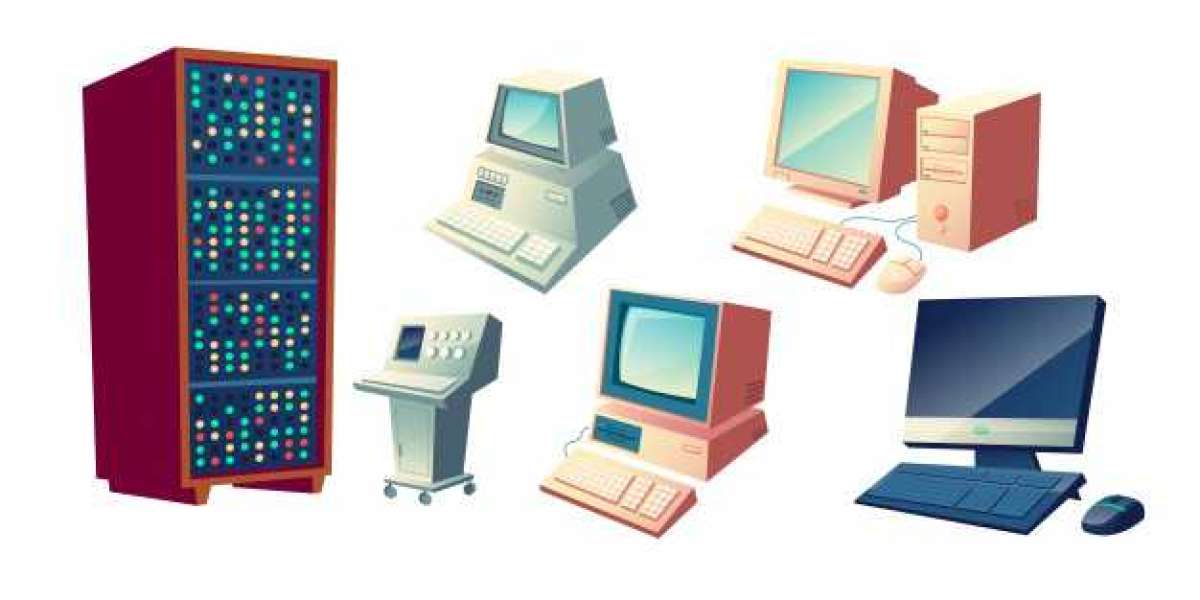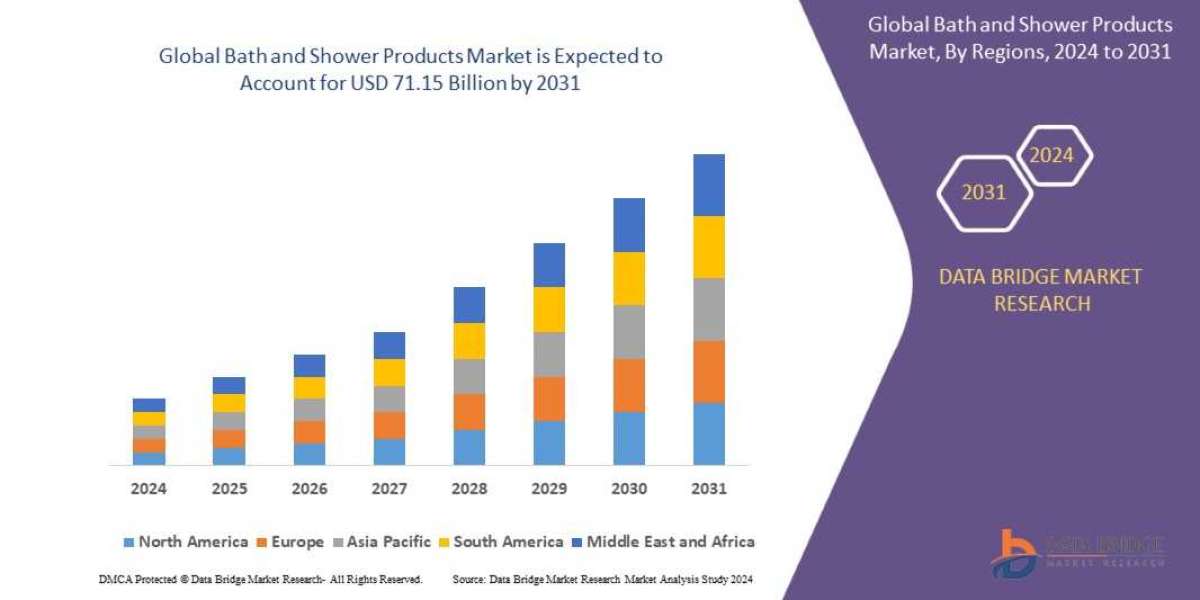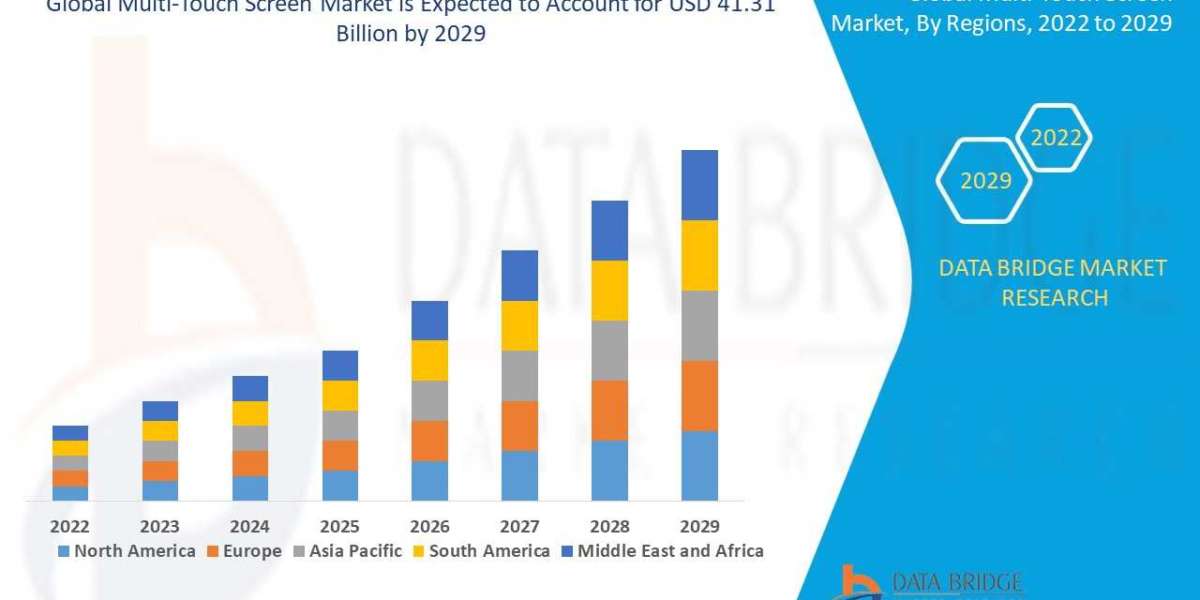Over the past several decades, the personal computer (PC) has undergone a remarkable transformation, evolving from clunky, room-sized machines to sleek, powerful, and ubiquitous devices integral to nearly every aspect of our lives. The progress of modern PCs is a testament to decades of innovation and technological breakthroughs, driven by advances in hardware, software, and connectivity. Today’s PCs are more powerful, efficient, and versatile than ever before—opening up new possibilities for work, entertainment, creativity, and communication.
The journey of the personal computer is fascinating, marked by pivotal milestones that have shaped the way we interact with technology. This blog explores the evolution of PCs, key developments in hardware and software, and the role of modern computing in today’s fast-paced, interconnected world.
Early Days of Computing: From Mainframes to Personal Devices
The concept of computing dates back to the mid-20th century, when massive machines occupied entire rooms and performed complex calculations for businesses, governments, and research institutions. These early systems were expensive, requiring specialized knowledge and dedicated personnel to operate. Notably, computers like the ENIAC (Electronic Numerical Integrator and Computer) and UNIVAC (Universal Automatic Computer) were instrumental in setting the stage for modern computing but were largely impractical for individual or home use.
In the 1970s, however, the development of the microprocessor—a single chip containing the central processing unit (CPU)—revolutionized the computer industry. Microprocessors allowed computers to become smaller, more affordable, and ultimately more accessible to consumers. This laid the groundwork for the advent of personal computers in the 1980s.
1. The First Personal Computers
The late 1970s and early 1980s saw the emergence of the first personal computers, which were affordable enough for individuals to use at home or in small businesses. A few key players helped to define the early days of personal computing:
The Apple I (1976): Created by Steve Jobs and Steve Wozniak, the Apple I was one of the first fully assembled computers, though users still had to connect their own keyboard and monitor. This innovation marked the beginning of Apple’s legacy as a personal computer company.
The IBM Personal Computer (1981): IBM's entry into the personal computer market was a significant event, as it established standards that shaped the future of PCs. The IBM PC used an open architecture that allowed third-party developers to create software and hardware components compatible with the system, giving rise to a whole ecosystem of IBM-compatible PCs.
The Commodore 64 (1982): One of the most successful personal computers of the 1980s, the C64 offered a blend of entertainment and productivity capabilities. Its ability to run games, educational software, and productivity applications made it a favorite among home users.
These early machines were groundbreaking but were often limited in processing power, memory, and storage capacity. They paved the way, however, for the more powerful systems that would come in the following decades.
The 1990s: The Windows Era and the Internet Revolution
The 1990s marked a significant turning point in personal computing, as PCs moved from being niche devices used primarily for business or research to essential tools for consumers, schools, and homes. A few key advancements during this period were instrumental in shaping the modern PC.
2. The Rise of Windows
Windows 95 (1995): The release of Windows 95 was a game-changer for personal computing. Featuring a user-friendly graphical interface with features like the Start menu, taskbar, and desktop icons, Windows 95 made computing accessible to a wider audience. It represented a shift from the command-line interfaces of earlier systems, allowing users to interact with their PCs in a more intuitive way.
Windows 98: Released in 1998, this was the second major version of Windows 95 and was marked by improved system stability, better hardware support, and more advanced networking features. These improvements helped to lay the foundation for the future of personal computing and networking.
3. The Evolution of Hardware: Faster, Smaller, More Powerful
The 1990s also saw dramatic improvements in hardware, enabling faster and more powerful PCs:
Processors: The introduction of Intel’s Pentium processors in 1993 significantly boosted the performance of PCs. For the first time, personal computers could perform tasks like video editing, 3D rendering, and complex calculations without being slowed down by hardware limitations. In the later part of the decade, multi-core processors started to emerge, offering increased multitasking and parallel processing capabilities.
Memory and Storage: During the 1990s, personal computers saw an increase in the amount of RAM, from a few megabytes to several hundred megabytes. This allowed for the development of more complex software applications, such as advanced games, video editing tools, and office productivity suites. Meanwhile, hard drives began to grow in capacity, from the few megabytes available on early systems to several gigabytes by the end of the decade.
4. The Internet and Networking
The 1990s were also marked by the explosion of the Internet, which fundamentally changed the way people used computers. Early websites, online services, and email providers like AOL and CompuServe became central to daily life for millions of users. People could now connect to others across the globe, access information instantly, and communicate via email and chat rooms.
The development of broadband internet connections in the late 1990s made it easier to stay connected, enabling faster downloads, smoother streaming, and real-time communication. This connectedness would play a significant role in the rise of social media and the digital economy in the following decades.
The 2000s: Power, Portability, and the Consumer Revolution
The 2000s witnessed a series of innovations that transformed PCs from business-centric devices to tools that could be used for a wide range of activities, from gaming to multimedia production. The increasing demands for portability, power, and performance led to several key developments in the PC landscape.
5. The Age of Laptops
As consumers began demanding more portable computing solutions, laptops grew in popularity. Companies like Dell, HP, and Apple began producing laptops that combined performance and portability, allowing users to work or browse the web on the go.
- Intel's Centrino Processor (2003): This mobile platform allowed laptops to run more efficiently, offering better battery life and processing power. The introduction of wireless networking (Wi-Fi) also became a key feature in laptops, enabling users to connect to the internet without the need for physical cables.
6. The Rise of High-Performance PCs and Gaming
The 2000s also saw an explosion in the popularity of PC gaming, with computers becoming more powerful and capable of rendering immersive 3D environments. Graphics cards from companies like NVIDIA and ATI (later acquired by AMD) allowed users to enjoy high-quality gaming experiences at home.
Meanwhile, PCs were becoming faster in other areas as well. Intel's dual-core processors brought improved multitasking, and storage moved from traditional hard disk drives (HDDs) to faster solid-state drives (SSDs), which allowed for quicker boot times and more responsive systems.
7. Operating Systems: Windows XP and Beyond
Windows XP (2001): With its user-friendly interface, better stability, and backward compatibility, Windows XP became one of the most popular operating systems of all time. It ran on both home and business PCs and remained the standard for personal computing for more than a decade.
Linux and Alternative OS: The 2000s also saw the rise of Linux as an alternative operating system, particularly in enterprise environments and among tech enthusiasts. While not widely adopted for home PCs, Linux's open-source nature gave it a solid following among developers and those seeking a customizable, lightweight operating system.
The 2010s: The Era of Cloud Computing, AI, and Mobile Integration
By the 2010s, personal computers had become even more integrated into daily life. The era of cloud computing had arrived, and PCs were increasingly being used in tandem with smartphones, tablets, and other devices.
8. The Rise of Ultrabooks and 2-in-1 Devices
With increasing demand for portability, ultrabooks and 2-in-1 hybrid devices emerged as the go-to option for people who wanted the best of both worlds—lightweight portability and powerful performance. The Microsoft Surface Pro and Apple’s MacBook Air were some of the standout models that helped define this category.
These devices featured high-resolution displays and touchscreen functionality, making them ideal for users who wanted a mix of productivity and entertainment. The introduction of longer battery life allowed people to work and play for hours without being tethered to a power source.
9. The Growth of AI and Quantum Computing
The 2010s also saw the rise of artificial intelligence (AI) and machine learning (ML), technologies that began to make their way into personal computers. AI-enhanced software, such as voice assistants like Cortana, Siri, and Google Assistant, became standard on many PCs and smartphones. These tools helped users perform tasks hands-free and intuitively.
Meanwhile, quantum computing began to emerge as an exciting frontier in computing. Although still in its infancy, quantum computing promises to revolutionize computing by solving complex problems that current computers cannot handle.
10. Sustainability and Energy Efficiency
In response to growing concerns about the environment, PC manufacturers began to focus on making more energy-efficient devices. Modern PCs use less power and produce less heat, reducing their environmental impact. Additionally, many companies began to adopt sustainable materials in their products, with a focus on recyclability and reducing e-waste.
The 2020s: The Future of Personal Computing
The 2020s have already seen dramatic changes in the landscape of personal computing. While the current decade is still in its early stages, several trends are already reshaping the future of PCs.
11. The Rise of 5G and Enhanced Connectivity
The introduction of 5G networks has opened up new possibilities for PCs. With 5G, users can experience ultra-fast internet speeds, which will enable cloud gaming, augmented reality (AR), and virtual reality (VR) applications that were once limited by slower connections. The low latency and high bandwidth of 5G will enhance everything from video conferencing to real-time data processing.
12. AI and Edge Computing
The continued development of AI and machine learning will make PCs even smarter. On the hardware side, chips like NVIDIA’s Jetson and Intel’s Movidius are enabling more advanced AI-driven tasks on PCs, while edge computing allows data to be processed closer to the source, reducing reliance on cloud servers and improving performance.
13. The Emergence of New Form Factors
The form factor of personal computers is also changing. New innovations, such as foldable displays and rollable screens, are enabling more flexible and compact designs. Devices that fold into tablets or can be rolled up for easy portability are becoming a reality, providing users with more versatility than ever before.
Conclusion: The Ongoing Evolution of PCs
The evolution of the personal computer has been nothing short of extraordinary. From its humble beginnings as a room-sized machine to its current role as a powerful, compact, and versatile device, the PC has undergone massive transformations. Each decade has brought new technologies, improved hardware, and more user-friendly software that have enabled individuals to do things that were once unimaginable.
As we move forward into the next phase of computing, the future of PCs looks brighter than ever. With the rise of AI, 5G, quantum computing, and other emerging technologies, personal computers are poised to become even more powerful, intelligent, and integrated into our daily lives.
Ultimately, the progress of modern PCs is a reflection of the larger trend toward digital transformation. The next few years will likely bring even more exciting innovations, making personal computing more accessible, immersive, and essential than ever before.














